The People You Meet – Istanbul Out In Istanbul
I’ve met a lot of different people in Istanbul, all of whom called themselves Turks. I’ve written about some of the most memorable in Inside Out In Istanbul, in a piece called “The People You Meet”. Here’s an extracts from the story.
“Working here as a teacher has given me a great opportunity to meet a vast range of Turkish people. I once worked at a private college teaching English. Most of my students came from the same companies and I taught them in evening classes, but I had one morning class of all women. They were mainly well-to-do mothers wanting to help their school age children succeed and get a good place at university.
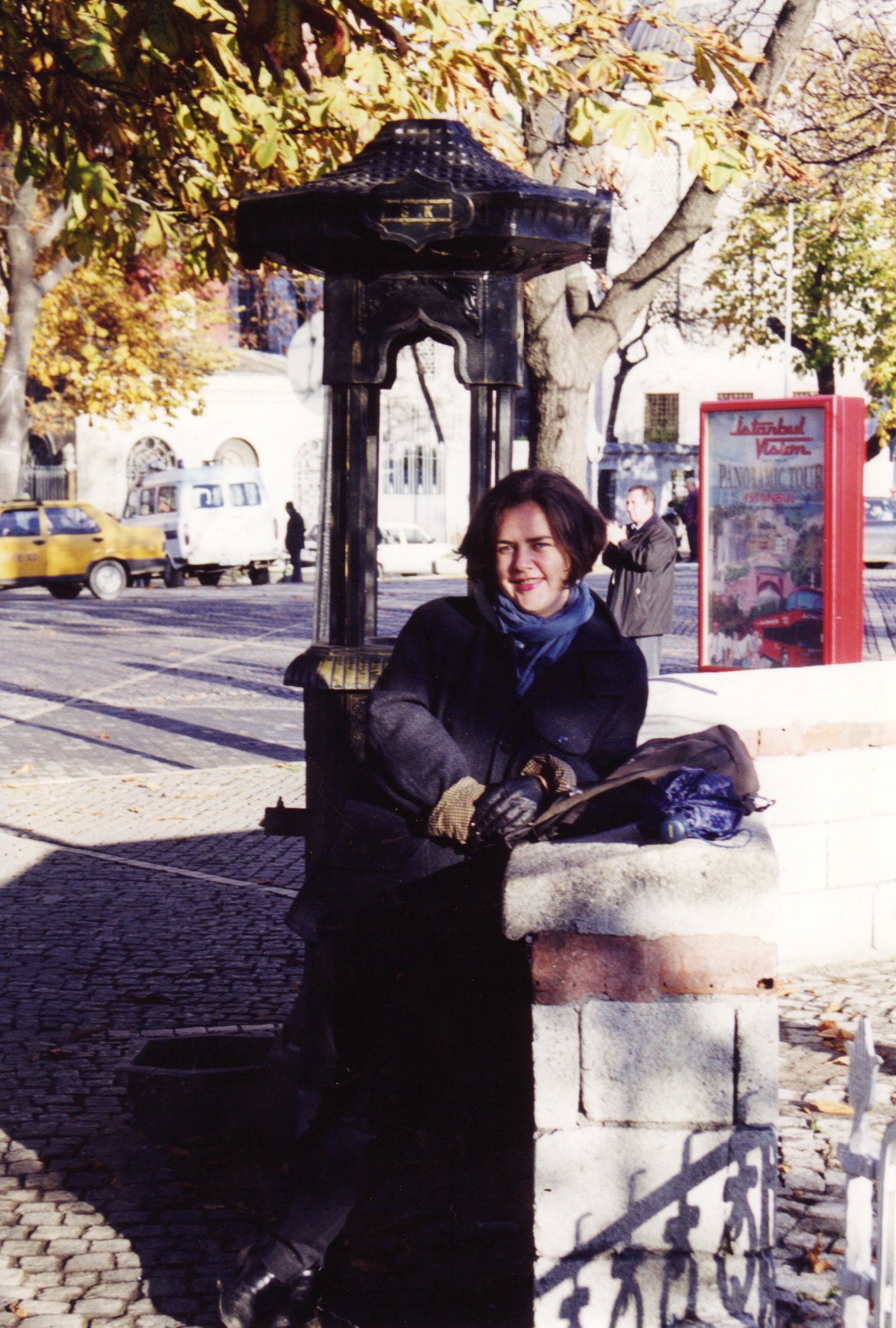
Duygu was an Istanbullu, someone who was born and bred in Istanbul. At fifty six she had the heart of a teenager and the mischievous nature of a small child. It was her heart’s desire to dance with Ricky Martin, but she told me that she couldn’t take dance lessons because the neighbours would gossip. She was learning English because her daughter and granddaughter lived in England, and she wanted to make sure she would always be able to talk to her newest granddaughter Çiçek, her delicate little flower.
Duygu had grown up in the area, but said Istanbul was a vastly different city from the one of her childhood. She spent her early years by the water at Erenköy, playing hide and seek in the trees and staying out late on the beach until her mother called her from their house on Bağdat Caddesi to come home and eat.
This would be impossible to do today. A modernisation project to reclaim the waterfront was completed in the 1980s and the beaches where Duygu used to play are now lost under Sahil Yolu, a major road leading all the way up the coast to Bostancı and beyond. At some points along the coast it’s now a ten minute walk back up to Bağdat Caddesi so you’d need a loudspeaker to call your children home. Apartment blocks built around the time of Duygu’s childhood still dot the coastline and make up some of the most expensive real estate on this side of the Sea of Marmara.
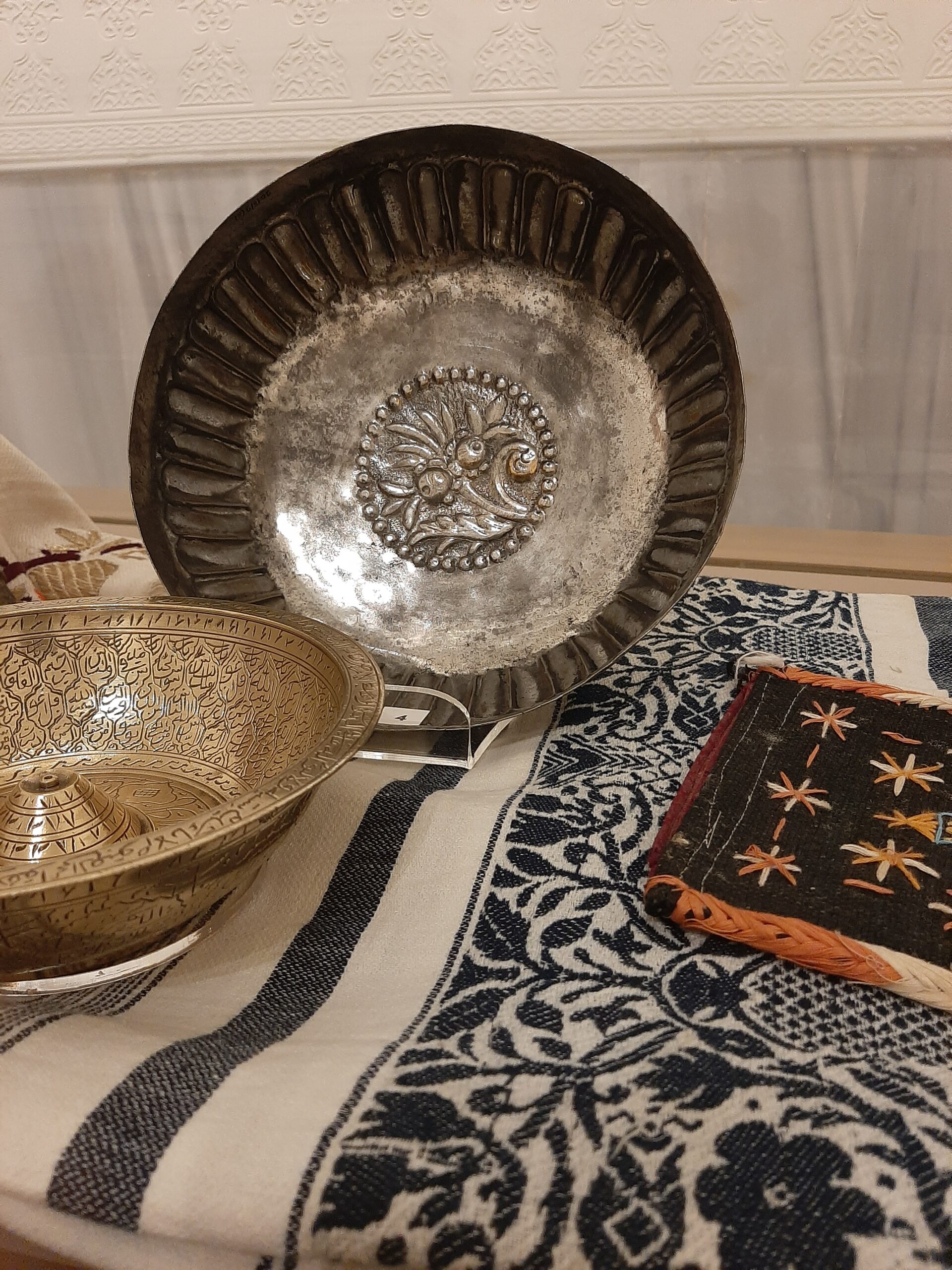
One day my morning class was talking about the tradition of the Turkish bath. I hadn’t been to one at that stage, and was more than happy to divert from our scheduled grammar lesson while the women talked. Duygu told of going to a hamam with her grandmother. She thought it was when she was quite young, maybe only about three or four years old. Her grandmother wore all her usual jewellery, including diamond bracelets with matching earrings and smaller diamonds in her hair. The chief hamam woman came into the bath and carefully helped her grandmother take off all her baubles which were then placed in a lacquered wooden box and securely locked.
Her grandmother always took her own bathing equipment to the hamam. Duygu remembers the hamam tası, the bowls for scooping up and pouring water over the body, being gold or gold-plated. She said they were very heavy, and when she looked into them she could see a fish on the bottom with bright green emeralds for eyes. There were stone couches built around the sides of the hamam, covered with a special cloth they always brought with them. The best part, she told us, was that she and her grandmother would lie in there for hours talking and sweating and relaxing.
Duygu also had an aunt who owned a large konak house on the hill leading down from Sultanahmet, near the houses owned by the old money Köprülü family. Her aunt’s house had a hamam in the basement, and the top floor was taken up by one large room used for entertaining guests. The family had a servant, a large African woman with a ring in her nose. This woman played a huge role in disciplining Duygu, as her mother and aunt frequently told her the servant would whisk her away from her family, never to return, if Duygu were bad.
One day, all the women and servants of the household were engaged in cleaning the top room. First they removed all the Persian rugs from the floor, and took them outside to be beaten and aired. Underneath were squares of woven matting used to provide warmth which were also removed. The floor below was wood and had to be scrubbed with soap to clean it. After lunch, while all the grownups were otherwise engaged, Duygu created a new game for her brother to play with her. The soap for washing the floors was bought in bulk and kept in large sacks.
Duygu discovered that if she rubbed it onto the wooden floor they could have endless fun sliding from one side of the room to the other. She and her brother did this for hours, only ceasing when the women came back to clean. When work started again there was a huge hullabaloo because all the soap Duygu had rubbed into the floor, combined with what the women had added, resulted in gigantic waves of suds which took forever to wash away.
Hearing the annoyance in the voices of the cleaning women, Duygu hid in a cupboard for hours in fear that her mother and aunt’s threats would come true. When she was finally discovered any punishment was forgotten in the relief that she was all right.”
You can read the rest of the story and others in my book, Inside Out In Istanbul: Making Sense of the City.
I’d love to reconnect with the students from this class, so if anyone recognizes any of these women, please get in touch with me. Thank you.
Planning to come to Istanbul or Turkey? Here are my helpful tips for planning your trip.
For FLIGHTS I like to use Kiwi.com.
Don’t pay extra for an E-VISA. Here’s my post on everything to know before you take off.
However E-SIM are the way to go to stay connected with a local phone number and mobile data on the go. Airalo is easy to use and affordable.
Even if I never claim on it, I always take out TRAVEL INSURANCE. I recommend Visitors Coverage.
I’m a big advocate of public transport, but know it’s not suitable for everyone all the time. When I need to be picked up from or get to Istanbul Airport or Sabiha Gokcen Airport, I use one of these GetYourGuide website AIRPORT TRANSFERS.
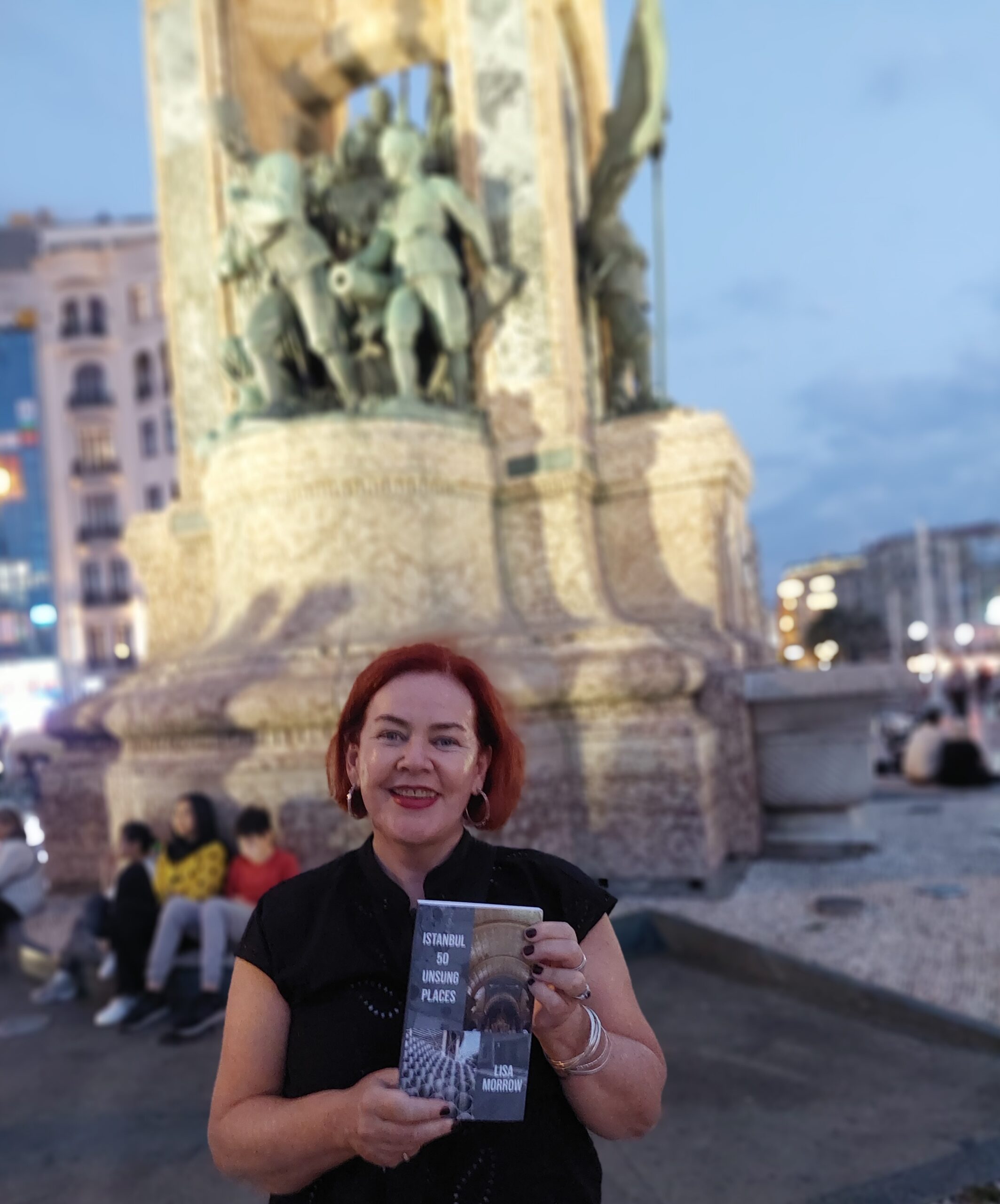
ACCOMMODATION: When I want to find a place to stay I use Booking.com.
CITY TOURS & DAY TRIPS: Let me guide you around Kadikoy with my audio walking tour Stepping back through Chalcedon or venture further afield with my bespoke guidebook Istanbul 50 Unsung Places. I know you’ll love visiting the lesser-known sites I’ve included. It’s based on using public transport as much as possible so you won’t be adding too much to your carbon footprint. Then read about what you’ve seen and experienced in my three essay collections and memoir about moving to Istanbul permanently.
Browse the GetYourGuide website or Viator to find even more ways to experience Istanbul and Turkey with food tours, visits to the old city, evening Bosphorus cruises and more!
However you travel, stay safe and have fun! Iyi yolculuklar.
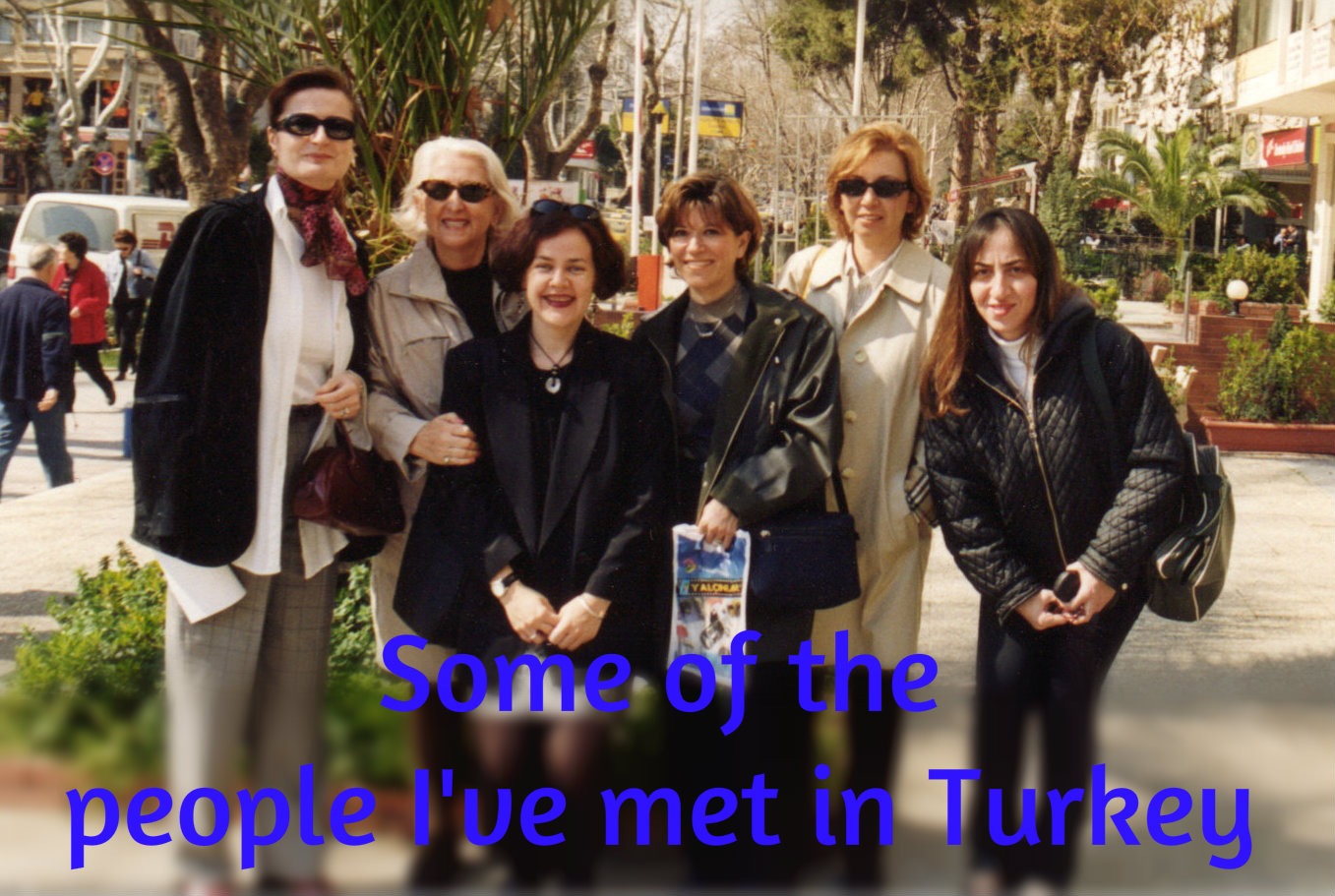
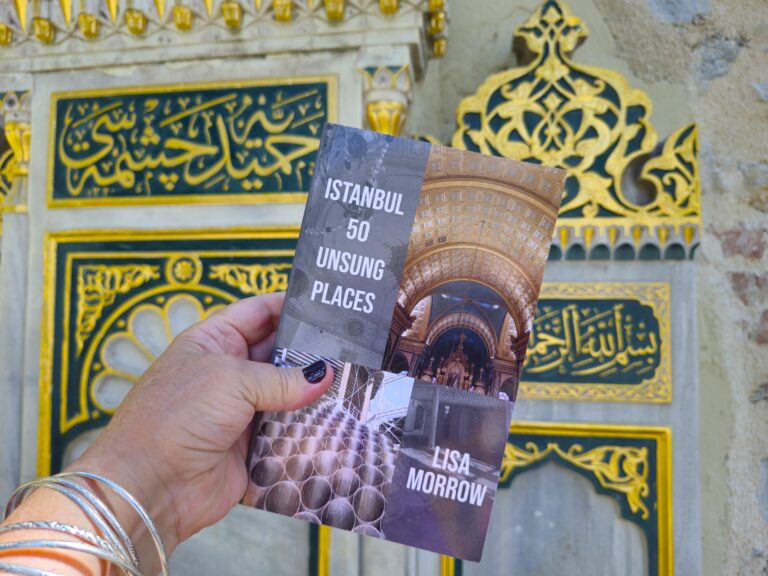
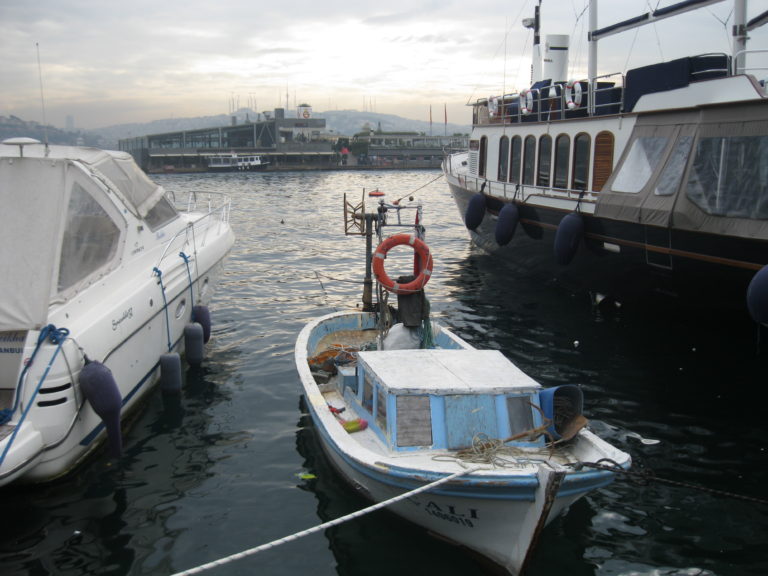
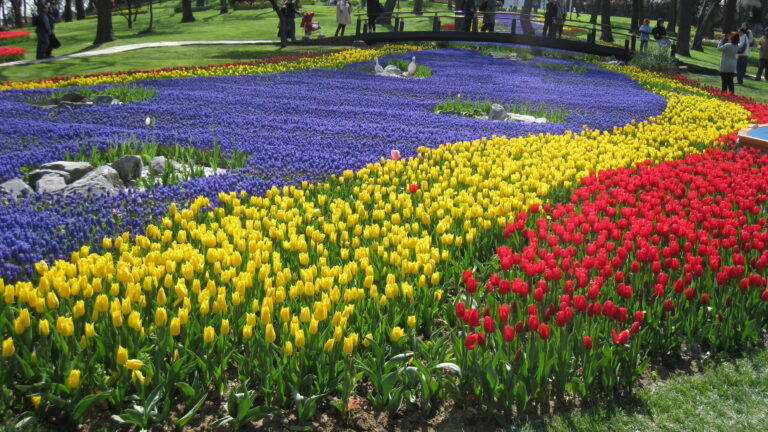
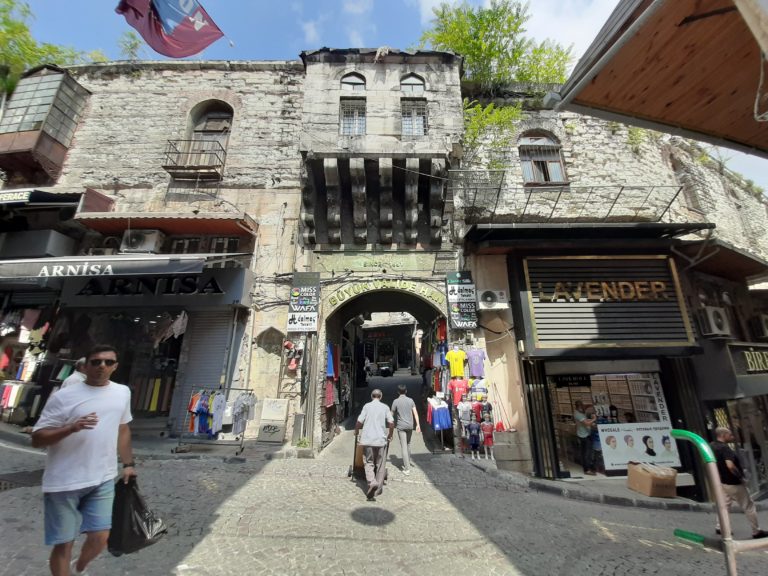


I take it that you have returned to Istanbul having not taken to Bodrum. Sorry circumstances prevented us from meeting up.
I was very sad to hear of your loss. If you’re ever in Istanbul do look me up. I’d love to show you round ‘my’ city.